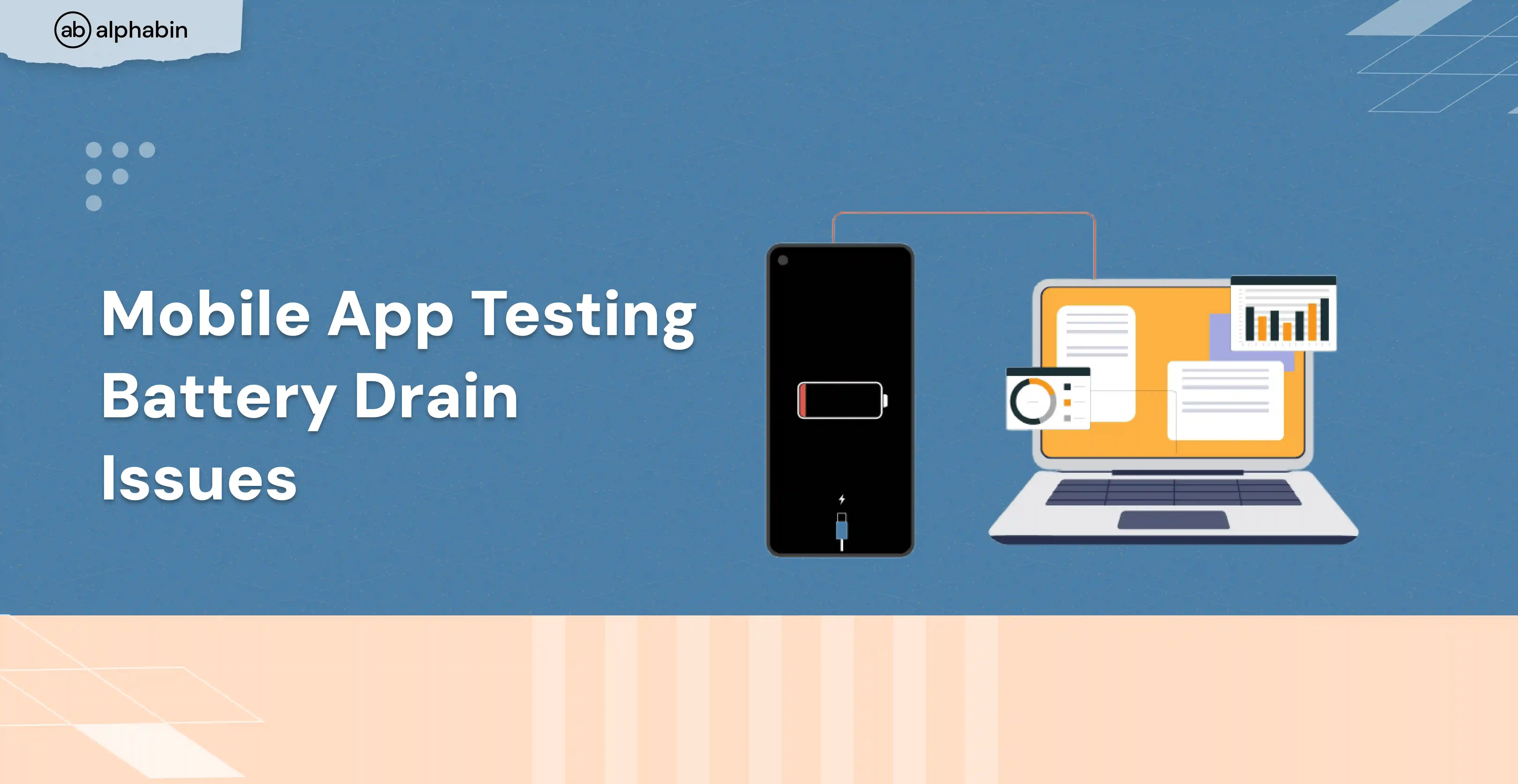In today’s developing software development world, building a great product isn’t just about writing clean code—it’s about making sure all parts of your system work together flawlessly.
Imagine this- You’ve built a fantastic software application with multiple modules, APIs, and external integrations. Each component works perfectly in isolation, but when combined, unexpected issues start to surface. Data mismatches, broken workflows, or API failures can quickly turn a well-functioning system into a nightmare.
This is where system integration testing (SIT) steps in. It ensures that all individual components function smoothly as a unified system. Without proper integration testing, even the most well-designed applications can suffer from inconsistencies, leading to poor user experience, system failures, or security vulnerabilities.
{{cta-image}}
What is System Integration Testing (SIT)?
System integration testing (SIT), also known as integration testing, is a crucial phase in software development. It ensures that all individual modules, once combined, work seamlessly as a unified system.
In modern applications, different teams often develop separate components. Even if each part has been individually tested, unexpected issues can arise when they interact. This makes SIT essential for identifying mismatched interfaces, data flow issues, and communication errors before deployment.
SIT helps reduce the risk of system failures by verifying that all components integrate correctly. It often includes regression testing to ensure that new updates don’t break existing functionality. By conducting SIT, teams can deliver a more stable, reliable, and high-quality software system.
Benefits of System Integration Testing
SIT helps to ensure that all system components function together properly. Here are several benefits of SIT:
- Early Detection of Defects: Identifies issues related to interfaces and interactions early in the software development lifecycle.
- Ensures System Coherence: Verifies that all modules or systems are integrated system correctly and function as a cohesive unit.
- Improves Quality: Enhances the overall quality and reliability of the system by ensuring integrated system components work as intended.
- Reduces Risk: Minimizes the risk of post-deployment failures by catching integration issues early.
- Facilitates Compliance: Helps meet regulatory and compliance requirements by ensuring system integrity.
SIT Best Practices: Real-World Scenario in FinTech!
Scenario: Fund Transfer in FinTech
In the dynamic world of FinTech, SIT plays a critical role in ensuring that financial transactions, like fund transfers, work smoothly across multiple integrated systems. Here’s an example of how SIT best practices can be applied: If you know more about the transaction flow testing.
Key SIT Checks for Fund Transfers:
- Validate UI elements for initiating transfers.
- Verify the backend's ability to process transfer requests securely.
- Ensure integration with the payment gateway for smooth transaction processing.
- Confirm accurate data retrieval and storage from the database.
- Test end-to-end functionality to ensure a seamless transfer experience.
By defining and executing these checks, FinTech ensures that its fund transfer feature is a seamlessly integrated system that is secure and user-friendly, enhancing customer satisfaction and trust in its platform.
Why is System Integration Testing Important?
SIT plays a key role in validating software functionality and ensuring seamless interactions across integrated systems. Here’s how it enhances software reliability:
- End-to-End Validation: Ensures fund transfers process correctly—updating balances, recording transactions, and reflecting changes in the recipient’s account.
- Detecting Interface Issues: Verifies that payment gateway integrations handle transactions smoothly, updating payment statuses in real-time.
- System Behavior Validation: Confirms that multi-factor authentication (MFA) triggers correctly and grants access only after successful verification.
- Enhancing Reliability: Ensures that transaction history displayed in the UI matches the backend database, maintaining data accuracy.
- Seamless Feature Deployment: Guarantees that new features, like budget tracking, integrate smoothly with existing modules without disrupting account summaries or transactions.
Key Entry and Exit Criteria of System Integration Testing
To ensure a structured and efficient testing process, defining clear entry and exit criteria is crucial. These guidelines help teams determine when to start and conclude SIT, ensuring reliable results.
Entry Criteria for SIT
SIT can only begin when the following conditions are met:
- Modules are unit tested: Each module has passed unit testing and functions correctly in isolation.
- Test Plan & test cases are ready: A detailed SIT test plan and well-defined test cases are in place.
- Test environment is set up: The integration test environment, including databases, APIs, and third-party services, is fully configured.
- Data is prepared: Test data, both valid and invalid inputs, is available to verify data flow and error handling.
- Dependencies are resolved: All necessary system components and external integrations are ready and accessible.
Exit Criteria for SIT
SIT is considered complete when the following conditions are satisfied:
- All test cases are executed: Planned test cases have been run, covering both functional and integration scenarios.
- Defects are resolved & retested: Major bugs found during SIT have been fixed, and regression testing has been performed.
- System stability is verified: The integrated system runs smoothly without critical failures or performance issues.
- Test reports are generated: A final SIT report is documented and shared with stakeholders, summarizing test results, defect reports, and coverage.
- Approval for next phase: The system is approved to move to the user acceptance testing (UAT) phase or production.
How to perform System Integration Testing?
System integration testing (SIT) verifies the proper operation of each system component. This method makes sure that data flows freely when functionalities are implemented. This is a thorough implementation guide and explanation of SIT with a focus on fintech apps.

- Define the Integration Scope
Identify which components, modules, or systems need to be integrated.
Example: In a FinTech app, this could involve integrating the payment processing module with the user account management system and the loan processing module. - Develop a Test Plan
Draft a thorough test plan that outlines the resources required, the testing technique, and the schedule, Provide test cases that address every scenario in which the components could interact.
Example: Describe test cases that include creating account statements, processing loan applications, starting payments, and registering users. - Set Up the Test Environment
Establish a testing environment that mirrors the production environment. Ensure that all necessary network, hardware, and software settings are properly in position. - Create Test Data
Develop test data that will be used to validate the interactions between integrated components, Create user profiles, bank accounts, transaction records, and loan applications. - Execute Test Cases
- Run the test cases to validate that the components interact as expected.
- Monitor the system behavior, data flow, and functionality during the tests.
- Test scenarios such as a user making a payment, applying for a loan, and viewing transaction history.
- Verify Data Integrity
Check that data is correctly passed between components without loss or corruption, Ensure that when a user makes a payment, the transaction is accurately recorded in their account history and reflected in their account balance. - Identify and Report Defects
Log any defects or issues discovered during testing, Categorize and prioritize these defects based on their impact on the system.
Report issues such as incorrect transaction amounts, failed loan applications, or missing user information. - Fix Defects and Retest
Work with developers to resolve any identified defects. Retest the affected areas to ensure that the fixes are effective and do not introduce new issues.
Example: If a payment processing bug is found and fixed, retest payment scenarios to ensure the issue is resolved. - Sign-Off and Deployment
Get stakeholders' permission when all tests are completed successfully and any errors have been fixed. Get the system ready for the production environment's deployment.
Example: Get clearance from the project managers, QA team, and other stakeholders before putting the upgraded financial software into production.
By following these steps, You may effectively perform system integration testing and make sure that all of your system's components function together by adhering to these guidelines. Delivering a reliable and effective system calls for this procedure, particularly with complicated applications like banking apps.
{{cta-image-second}}
Integration testing vs system integration testing: Core Differences
Why Choose Alphabin for System Integration Testing?
Alphabin is a leading provider of SIT solutions, ensuring seamless integration and smooth system performance. Our expert team, advanced tools, and tailored approach make us the ideal choice for businesses looking for reliable integration testing.
- Expertise in SIT: Our experienced professionals conduct thorough testing to ensure flawless system integration.
- Tailored Solutions: Every system is unique, and we tailor our SIT approach to meet specific business needs.
- Advanced Tools and Technologies: We use advanced tools to detect and resolve integration issues efficiently.
- Proven Track Record: We have a strong track record of delivering successful SIT implementations across industries.
- Collaborative Approach: We work closely with clients, ensuring transparency and alignment with project goals.
- Continuous Support: Our team provides post-testing support to optimize system performance and resolve any challenges.
Businesses can take advantage of choosing us for system integration testing to receive thorough testing solutions, expert advice, and dependable support, resulting in smooth integration and excellent system performance.
Conclusion
System integration testing (SIT) is essential for ensuring that all components of your system work seamlessly together. At Alphabin, we utilize advanced tools and technology to identify integration challenges and ensure system compatibility, guaranteeing smooth operations for complex systems.
With a proven track record across multiple industries, we delivers effective SIT solutions that minimize risks and enhance system performance. Our expert team provides end-to-end testing, ensuring your system operates flawlessly from start to finish. Through collaboration, transparency, and ongoing support, we help clients achieve successful integrations and drive business growth.



.svg)











